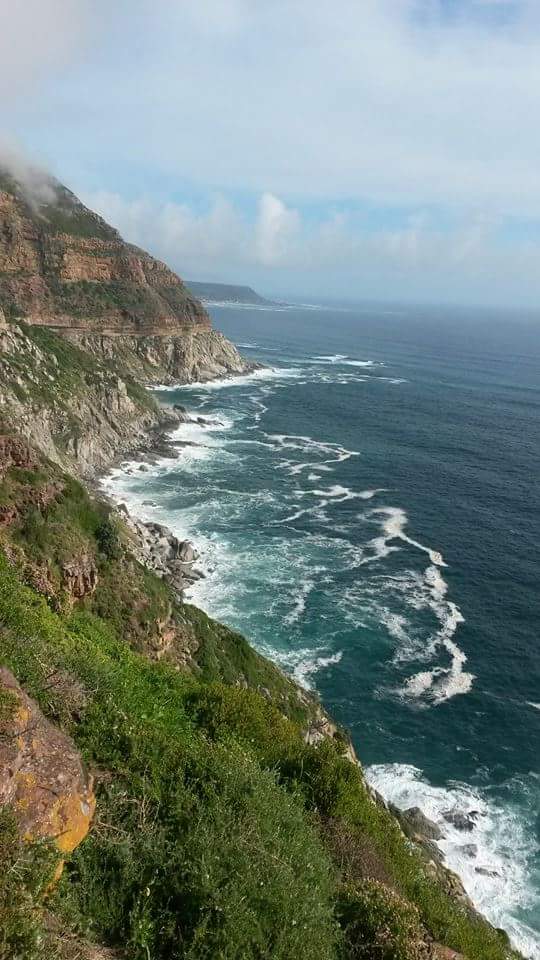
Today I’m blogging about Day #5 (Friday) of the 35th International Geological Congress (IGC), which I attended last week in my home city of Cape Town, South Africa. You can also read my posts about Day #1, Day #2, Day #3, and Day #4.
On Friday I spent the day attending talks on a variety of subjects, namely ophiolites, megafans, and gold. I saw a number of excellent talks, but in this blog post I’ll briefly discuss three interesting talks that I attended.
The first interesting talk was related to ophiolites and was given by Paul Robinson. The talk was titled “The significance of zircon in oceanic mantle peridotites and chromitites”. The talk discussed the presence of felsic minerals, such as zircon, in ultramafic rocks (peridotites and chromitites). Geologists aren’t quite sure why these felsic minerals are found (in low abundances) in ultramafic rocks. Understanding the origin of the zircons, including any possible recycling of zircon from older rocks, has important implications for geochronology studies since zircon is a target mineral for U-Pb dating techniques.
The second interesting talk was about megafans and was given by Justin Wilkinson. The talk was titled “Africa’s megafans and their tectonic habitat.” I learned two important things from the talk. First, I learned what the term “megafan” means. A megafan is a very large fan of fluvial sedimentary material. There isn’t exact consensus in the literature on the size requirement, but generally fans that are larger than 100 km in size are considered “megafans”. Second, I learned that there are many more megafans on Earth than scientists realized even a few years ago. Some of the famous megafans, such as the Okavango megafan in Botswana, have been known about for years. However, others have only recently been identified, mostly through remote sensing mapping. Amazingly, we’re still learning about the surface of our planet. While many megafans have been identified over the past few years through focused efforts, there are likely many more to still identify — for example, there are likely some underneath jungle vegetation in places. Dr. Wilkinson works for NASA and uses satellite data and astronaut handheld photography to study features such as megafans. The use of the astronaut photography to conduct geology is pretty cool — I’d never heard of that before. If you want to learn more about astronaut photography, here’s a neat-looking book authored by Justin Wilkinson on more than 40 years of astronaut photography. I think I need to order a copy of this book for my coffee table!
The third interesting talk was about biology and gold and was given by Hartwig Frimmel. The talk was titled “Early Life and Ancient Gold” and focused on the possible role of biological processes in the formation of the enormous Witwatersrand gold deposits. Frimmel’s talk focused on a recent paper of his (written with a colleague Quinton Hennigh), which has the delightful title of “First whiffs of atmospheric oxygen triggered the crustal gold cycle”. I’d read the Frimmel and Hennigh paper before the talk, but it was great to hear one of the authors explain the theories himself. There were a few skeptics in the audience, but in general Frimmel’s talk was well-received. I certainly enjoyed the talk and think that there is much merit in some of the ideas, even if there’s more work to do to unravel some of the details and the unanswered questions that remain.
After attending talks most of the day, I met up with fellow AGU blogger Callan Bentley as well as another conference attendee Nadja Drabon. Callan and Nadja bravely joined me for some kayaking along the Century City canals, my usual training spot! We had a great time chatting on the water and also at dinner afterwards. Great to see you in South Africa again, Callan, and great to meet you, Nadja!
This is the last of my official daily posts about IGC, but stay tuned for some additional snippets about the conference here and there.



























